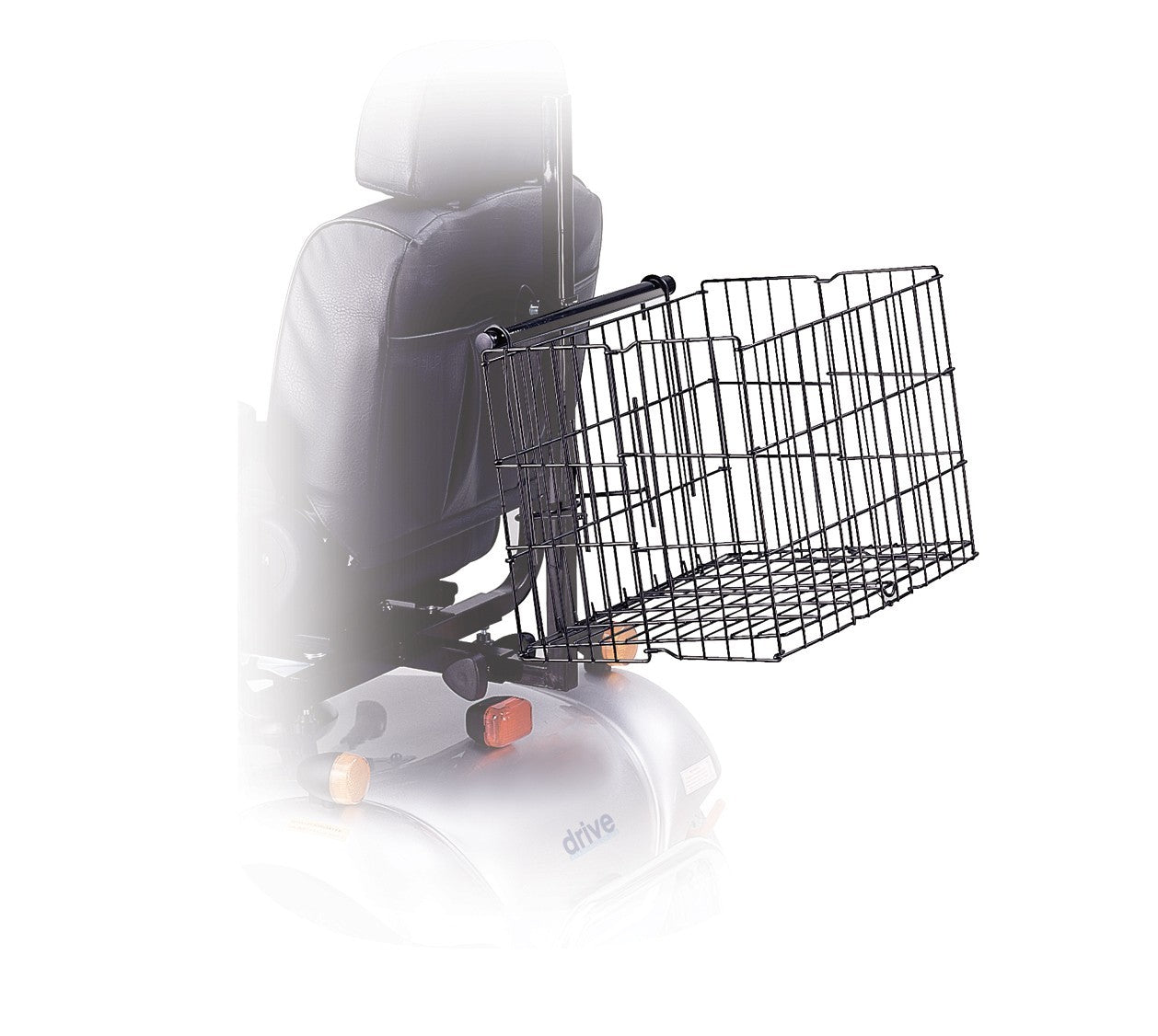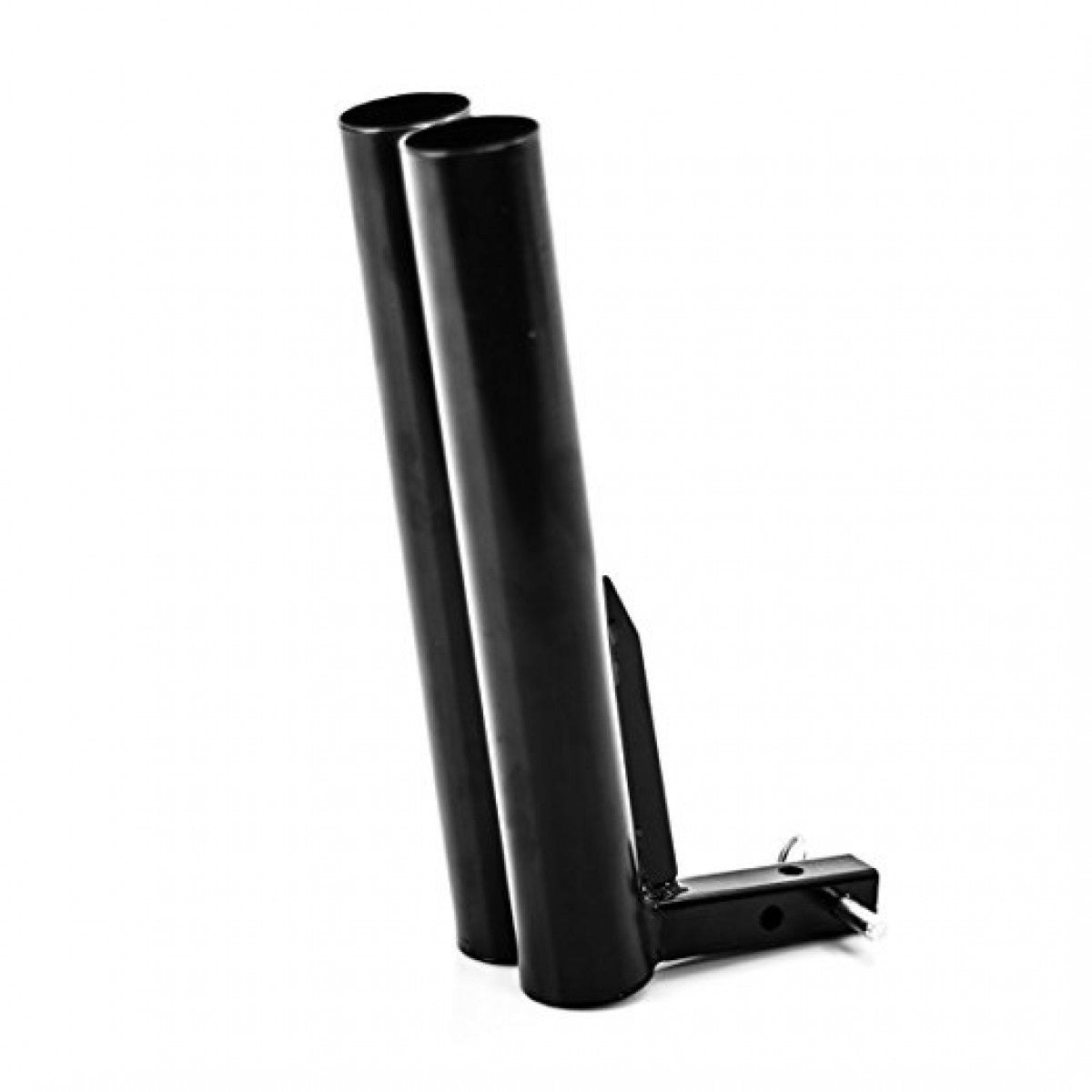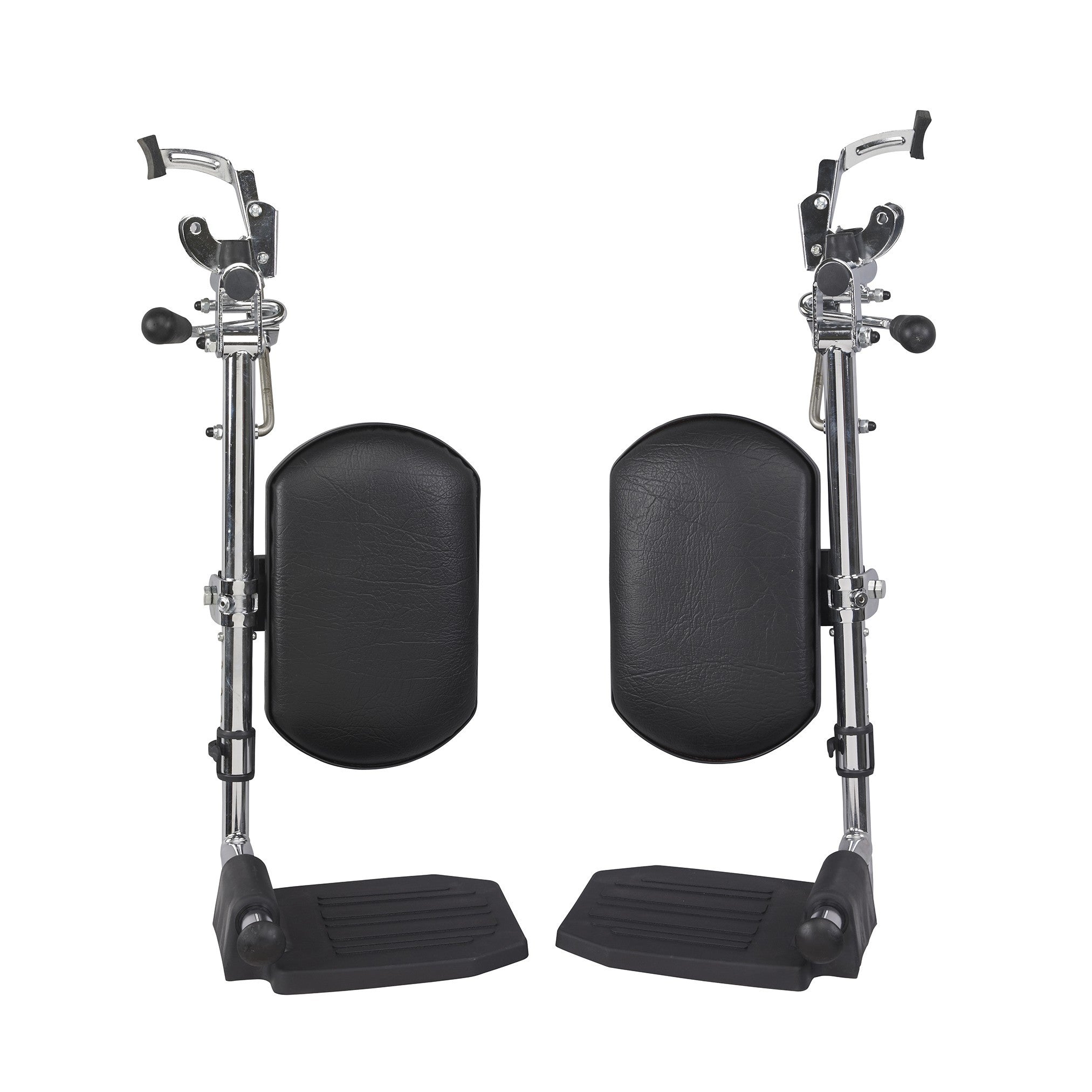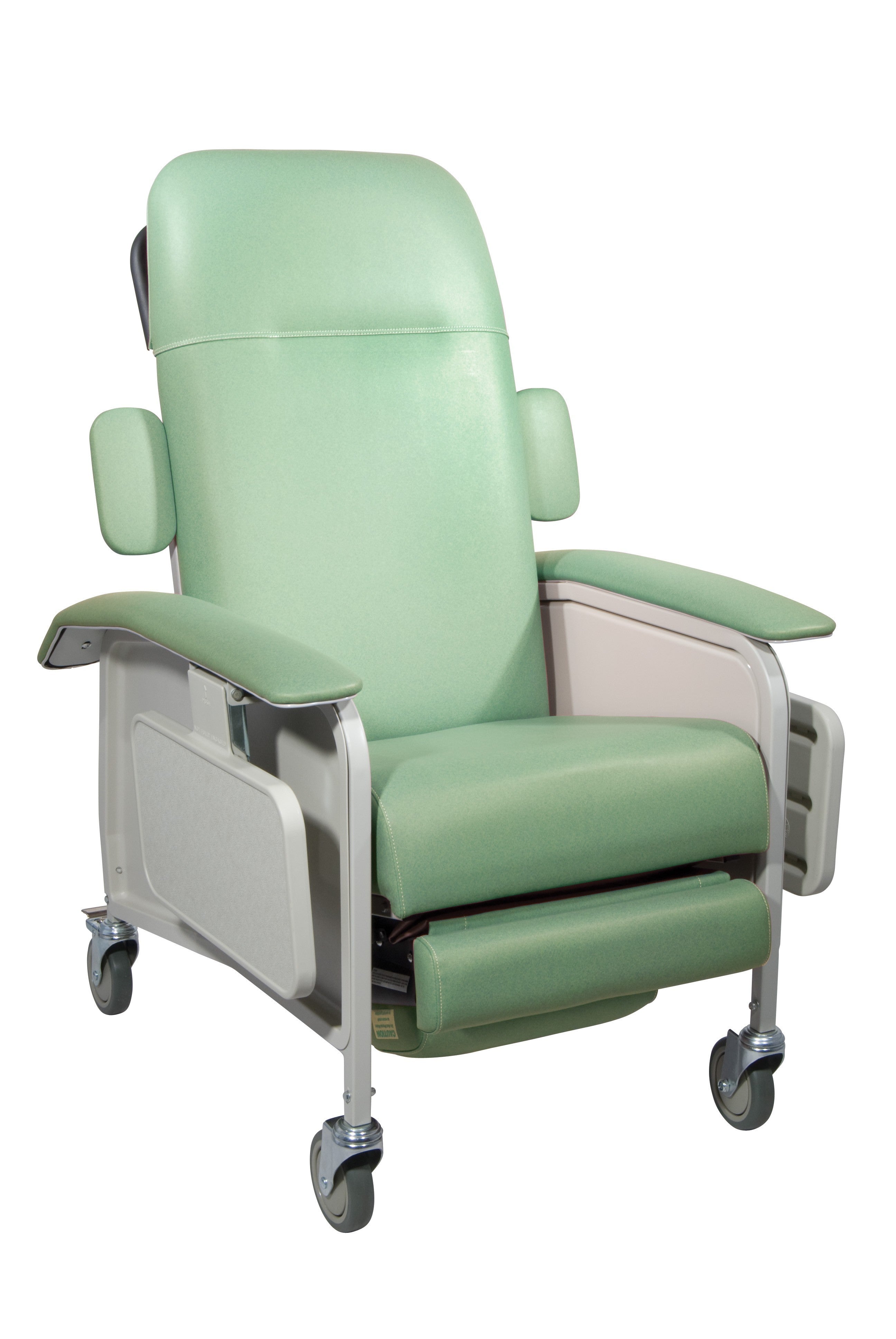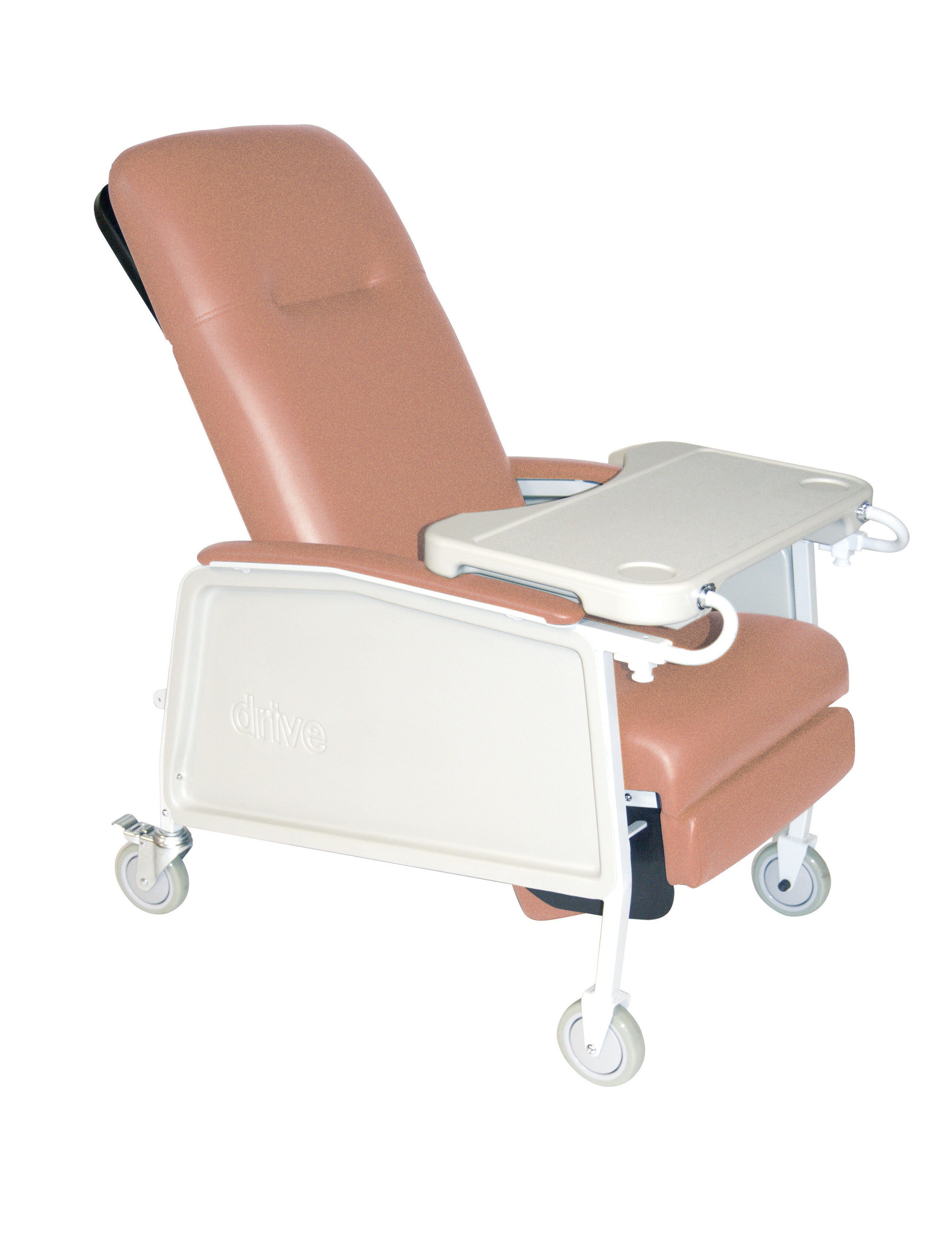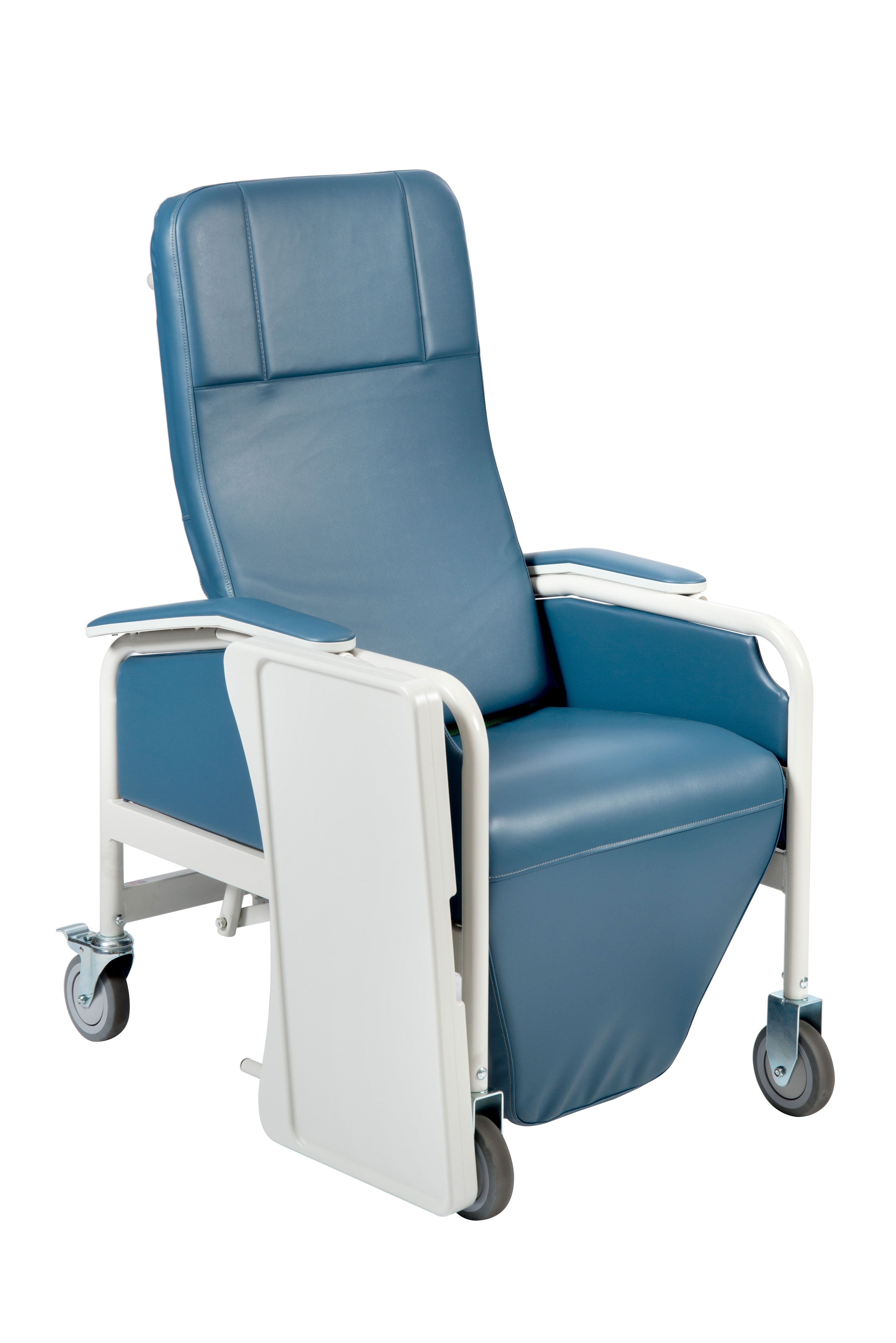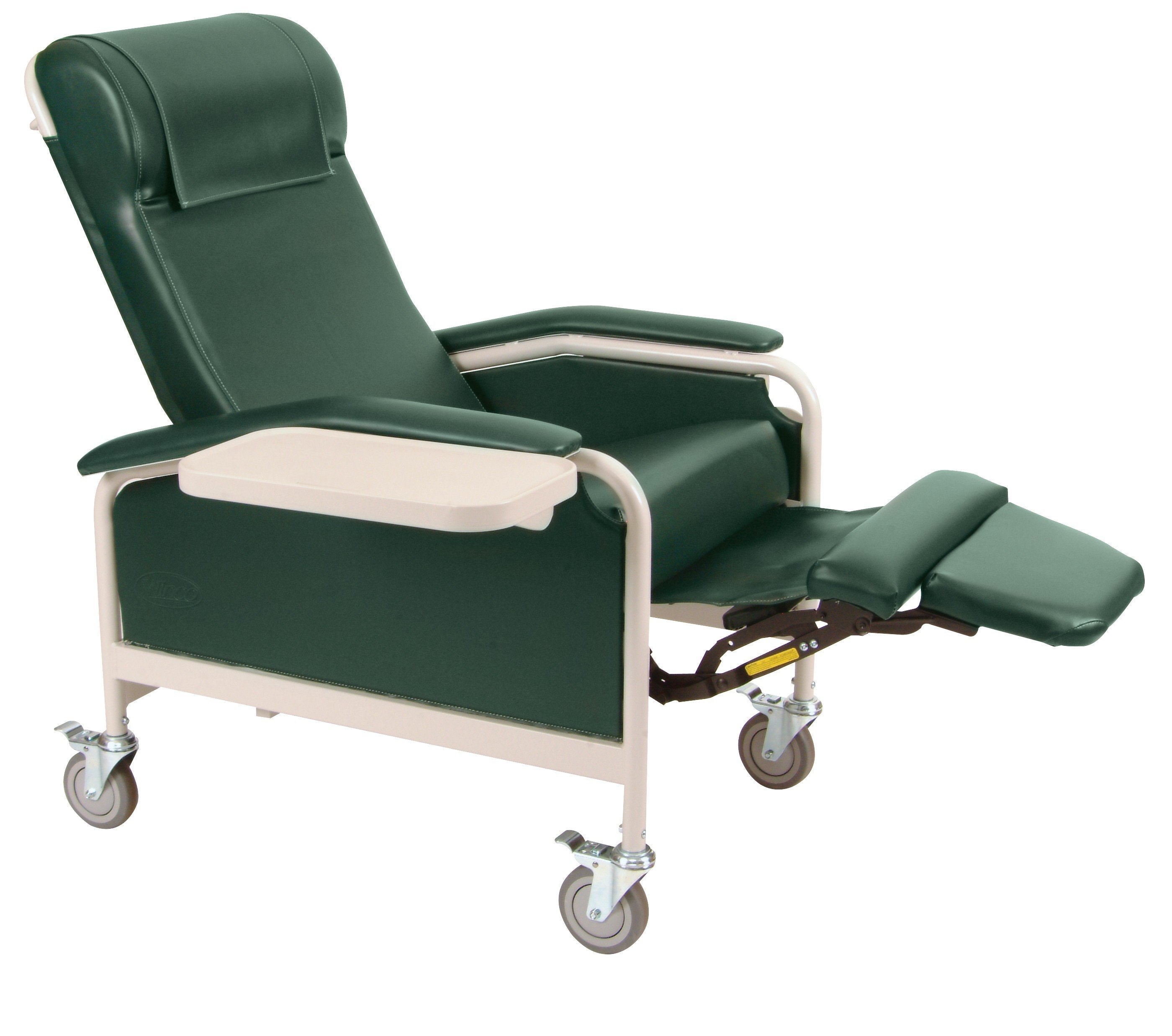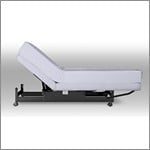The healthcare industry is one of the most heavily regulated sectors worldwide, and for good reason. Health products, from pharmaceutical drugs to medical devices, have a direct impact on people's health and well-being. Ensuring their safety, efficacy, and quality is of paramount importance. This article provides an in-depth look at the regulatory landscape for health products, highlighting the key regulatory bodies, processes, and principles.
At the heart of the regulatory landscape for health products are regulatory authorities. These are government agencies responsible for overseeing the development, manufacturing, marketing, and post-market surveillance of health products. They set the standards for product quality, safety, and efficacy, and they enforce these standards through a variety of regulatory processes.
In the United States, the Food and Drug Administration (FDA) is the primary regulatory authority for health products. The FDA regulates a wide range of products, including prescription and over-the-counter drugs, medical devices, biologics (such as vaccines and blood products), and more. Other countries have their own regulatory authorities, such as the European Medicines Agency (EMA) in the European Union, the Therapeutic Goods Administration (TGA) in Australia, and the Pharmaceuticals and Medical Devices Agency (PMDA) in Japan.
One of the key regulatory processes is product approval or authorization. Before a new health product can be marketed, it must undergo a rigorous evaluation process to demonstrate its safety, efficacy, and quality. This typically involves preclinical testing in the laboratory, clinical trials in humans, and a thorough review of the testing data by the regulatory authority.
Another important regulatory process is Good Manufacturing Practice (GMP) compliance. GMP is a system for ensuring that health products are consistently produced and controlled according to quality standards. It covers all aspects of production, from the raw materials and equipment to the training and hygiene of staff. Health product manufacturers must adhere to GMP standards, and they are subject to inspections by the regulatory authority to verify their compliance.
Post-market surveillance is also a critical part of the regulatory landscape. After a health product is approved and on the market, regulatory authorities continue to monitor its safety and effectiveness in real-world use. This involves collecting and analyzing data on adverse events, product defects, and other safety issues. If a serious safety issue is identified, the regulatory authority can take action, such as requiring a change to the product's labeling, restricting its use, or even removing it from the market.
While the regulatory landscape for health products is complex, it is guided by a few key principles. One is the precautionary principle, which holds that if a health product has the potential to cause harm, precautionary measures should be taken even if some cause-and-effect relationships are not fully established scientifically. Another is the principle of transparency, which emphasizes the importance of open communication and public access to information.
In conclusion, the regulatory landscape for health products plays a crucial role in protecting public health and ensuring the quality of health products. It involves a complex interplay of regulatory authorities, processes, and principles, all working together to ensure that health products are safe, effective, and of high quality. As the healthcare industry continues to evolve and innovate, the regulatory landscape must also adapt to ensure that it continues to serve its vital protective role.






